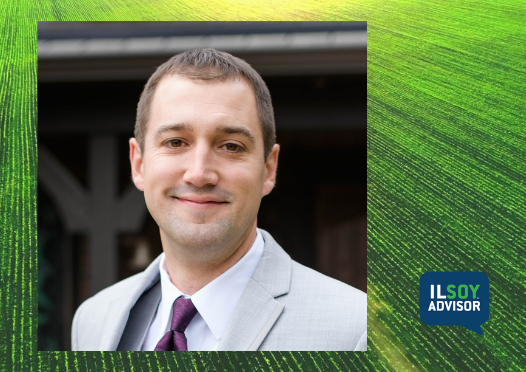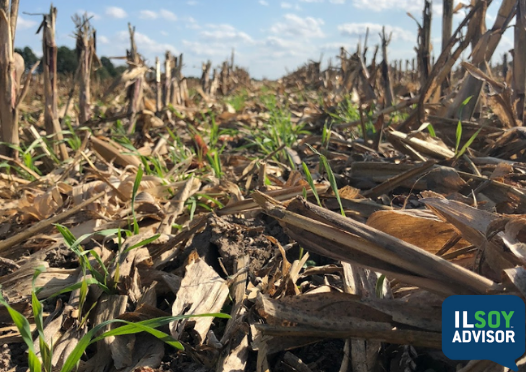ILSOYADVISOR POST
SHOWCASE FARMER: Doug Schroeder
The farmer. Doug Schroeder farms 4,000 acres of soybeans and corn in McLean County, Ill. About half the corn acreage is devoted to seed corn production for major seed companies.
Environmental challenge. The Schroeder farming operation is located in the watershed for the Sangamon River and Lake Decatur.
Best management practices. Schroeder’s operation purchased a tile plow and has installed tile on flat land. In some cases, the tile system works in conjunction with two water control structures that help regulate the outflow of water and nutrients from his fields.
“Just as with irrigation, where there’s no science to know when to start irrigating, it’s a little bit of an educated guess with a water control structure. As you hold water back, you don’t how much it’s going to rain, so it may be better to let more out to handle heavy rain events that can keep coming. You need access to accurate forecasts,” Schroeder says.
As for nutrient management, Schroeder side-dresses nitrogen at V6 on young corn, after it has emerged and reached about 12 inches. “We apply N when the crop needs it most because there’s less chance of loss.
“I’m not sure there’s a guaranteed economic return. I can’t prove it, but it’s the right thing to do.”
Sustainable focus for 2015. Schroeder practices what he calls “ground-proofing” before applying inputs to his crops. He scouts to determine the size of weeds and whether any diseases are present. “We try not to just close our eyes and go apply. We don’t want to do anything we don’t need to do.”
This philosophy is reflected in a new approach regarding fencerows. After his crops-the majority of which are glyphosate-resistant– were up and growing, Schroeder typically would use a spot sprayer with a herbicide to kill milkweed around the field. “This year, I decided milkweed is not an economic issue in that field and no one can see it from the road. I don’t have to kill every weed every time. Little changes like that add up. Leaving the milkweed helps protect butterflies, too. I’m not losing any yield because of the few (milkweed) plants I let live.”
Sustainable start. Schroeder advises farmers who want their operations to become more sustainable to start by monitoring erosion. “You’ve got to get erosion under control because if you’re losing your soil, you’re losing your business. That should be Job 1 for them.”
Next, mitigate nutrient loss. “That’s just a lose-lose if the nutrients you’re paying for end up going off-site or downstream. It’s just common sense that if you’re losing it, it’s a bad thing,” Schroeder says.
He uses this analogy: “If every day you checked your seed corn and every day you came up with a bag missing, you'd do all you could to stop that loss. We need to think about nutrients the same way. We have paid for them. Let's keep them where we need and want them. “
He believes that any farming practice must be profitable, reflecting one of the basic tenets of sustainability. “It you’re not making money, you’re not sustainable.”





Comments
Add new comment